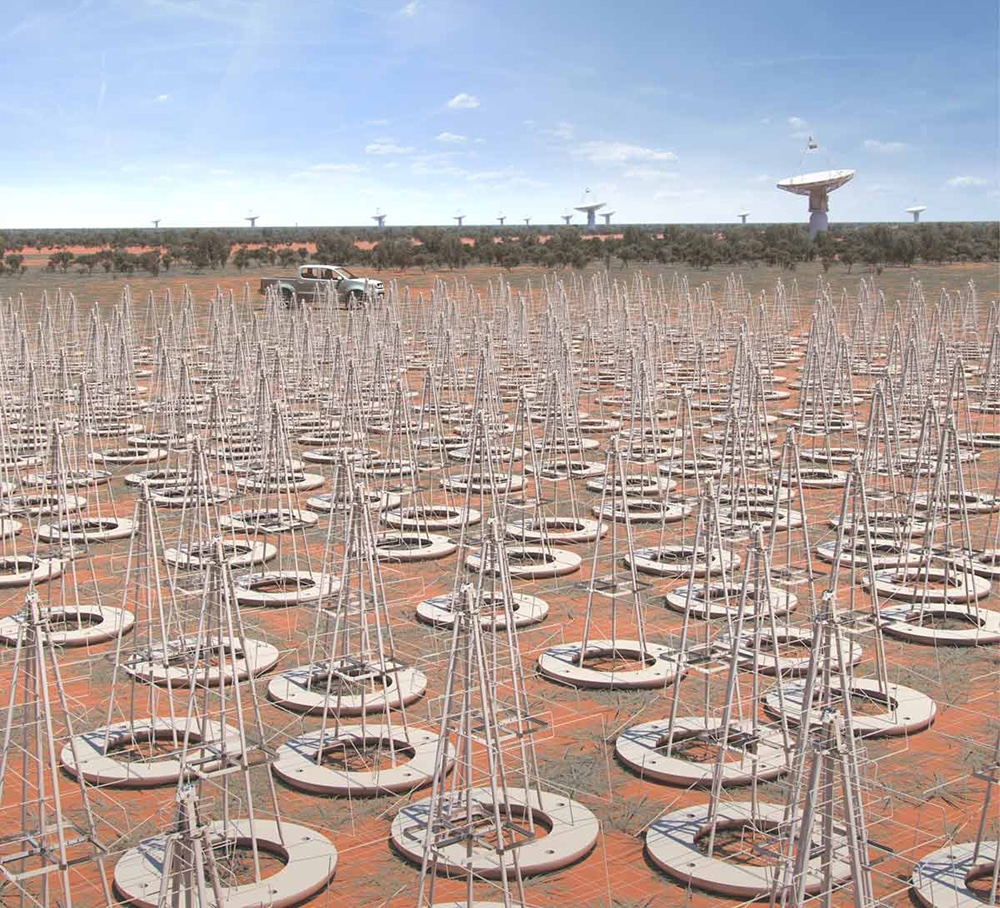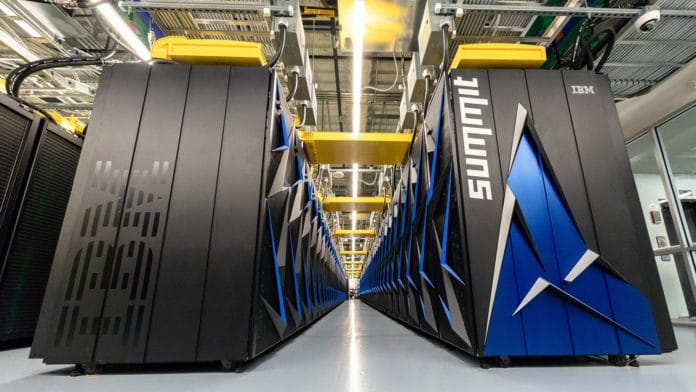Summit or OLCF-4 is a supercomputer developed by IBM for use at Oak Ridge National Laboratory (ORNL) can perform 200,000 billion trillions of calculations per second – or 200 petaflops. It is the most powerful and the fastest supercomputer in the world and also has been designed to work with artificial intelligence.
Scientists from International Centre for Radio Astronomy Research (ICRAR), ORNL, and Shanghai Astronomical Observatory used the Summit to process simulated observations of the early Universe ahead of the radio telescope being built in Western Australia and South Africa.
They have informed that it has processed 400 gigabytes of data a second as they tested data pipelines for the Square Kilometre Array (SKA) telescope.

The achieved data rate was the equivalent of more than 1600 hours of standard-definition YouTube videos every second. The team also claimed that it was the very first time when radio astronomy data has been processed on this scale.
The Square Kilometre Array (SKA) is a multi-billion dollar international project to build the world’s largest radio telescope. In the initial phase, over 130,000 two-meter high antennas will be distributed in 512 stations, generating around 550 gigabytes of data every second.
“We used a sophisticated software simulator written by scientists at the University of Oxford, and gave it a cosmological model and the array configuration of the telescope so it could generate data as it would come from the telescope observing the sky,” said Professor Andreas Wicenec, the director of Data-Intensive Astronomy at the ICRAR.

They have also used another software called the Data Activated Flow Graph Engine (DALiuGE) to distribute one of these simulators to each of the 27,648 graphics processing units that make up Summit.
Researchers then successfully run some tests, which used a cosmological simulation of the early Universe at a time known as the Epoch of Reionisation, when the first stars and galaxies formed and become visible. The data were first averaged down to a size 36 times smaller, which was then used to produce an image cube of a kind that can be analyzed by astronomers.
“Finally, the image cube was sent to Perth, simulating the complete data flow from the telescope to the end-users,” he said. Construction of the SKA is expected to begin in 2021.
